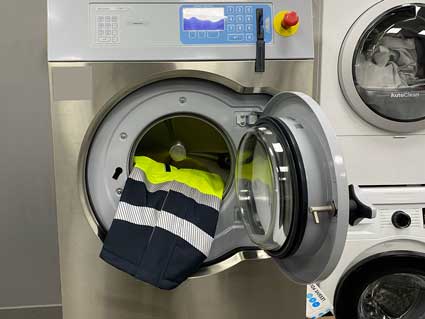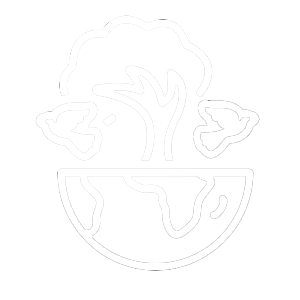Commitment 7 - Environment
Developing the circular economy
Commitment no. 7
Since January 2025, the AGEC law has required companies to sort textile waste separately in order to reduce its production and encourage recycling as part of a circular economy.
After launching its BoxTextile in 2019, CEPOVETT is continuing its approach to recycling its customers' professional clothing, with a new solution tailored to smaller volumes.
Recycling differently
CEPOVETT has made the circular economy one of the priorities of its CSR policy.
From the eco-design of clothing to the recycling of textile products at the end of their life, we work with leading industrial partners to offer tailor-made, socio-economic and innovative recycling solutions for professional clothing at the end of its life. We collect, consolidate, sort and recycle through a range of dedicated recovery routes, by setting up specific operations with our customers.
Eo find out more about our CSR commitments
OUR CSR POLICY
AT THE SERVICE OF CORPORATE SUSTAINABILITY
Our workwear has been designed and manufactured under ethical and socially responsible conditions. In particular, they contribute to the protection of human rights, the preservation of natural resources and the protection of biodiversity. For us, every gesture counts, and this is proof of our sincere commitment to future generations. #PositiveImpact
CLIMATE
Mitigating and adapting to climate change
WATER
Protecting water resources and rivers
BIODIVERSITY
Safeguarding biodiversity and ecosystems

















